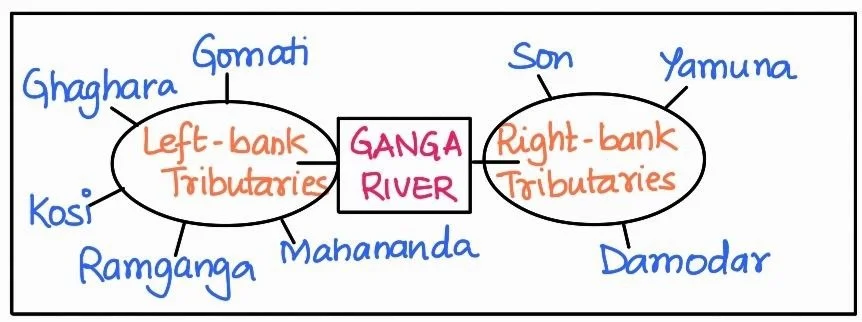![]() 11 Aug 2025
11 Aug 2025
The Ganga is a very significant river in India, both in terms of its vast river basin and its cultural importance as well. The Ganga river system primarily comprises the Ganges River (also called the Ganga), along with its numerous tributaries.
|
Do You Know? The Sundarban Delta derived its name from the Sundari tree, which grows well in marshland. It is the world’s largest and fastest growing delta. It is also the home of Royal Bengal tiger. |
|---|

Ganga Before Devprayag

|
Namami Gange Programme
|
|---|

| Must Read | |
| Current Affairs | Editorial Analysis |
| Upsc Notes | Upsc Blogs |
| NCERT Notes | Free Main Answer Writing |
<div class="new-fform">
</div>